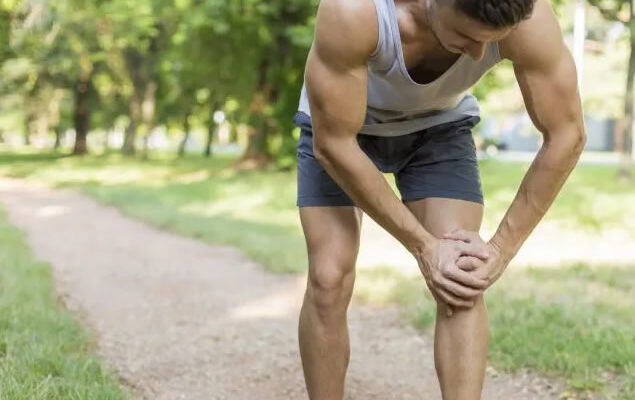Yippee, after months of hibernation and social distancing, the Good Old Summertime is here! It seems like forever since we were able to be at our normal activity level.
Increased activity means an increase in injuries, especially if you have been a sofa spud for over a year. Sports account for 2/3 of the hospitalizations that occur outside of the home. In 2019, that totaled 2.3 million injuries.
Take is slow and easy, build up to where you used to/think you should be. Do not forget to warm-up and stretch, hydrate to avoid problems, wear your sunscreen, plan your safety gear, and take breaks as you need to. An avoidable injury or issue can kill the rest of your summer.
In many sports, they advise to keep your eye on the ball. When it comes to your family, keep your eyes on the kids.
Here are some helpful tips and facts to help you have a safe and injury-free summer.
| · AMUSEMENT PARK, STATE FAIR AND CARNIVAL RIDE INJURIES: safety rules and restrictions should be followed, and thought should be put into the appropriate clothing and shoes to wear. |
| · ATV, MOPED AND MINIBIKE INJURIES: Using ATVs on paved roads is an accident waiting to happen. By all means, enforce helmet wearing and proper clothing to protect your family. Make sure the vehicle is age appropriate, if they are too young to drive then maybe they need to be a passenger. |
| · BASEBALL AND SOFTBALL INJURIES: While they are non-contact sports, injuries happen less frequently. Keep the safety gear on, warm up and stretch. This can help prevent common strains and sprains. |
| · BICYCLE INJURIES: Wearing a helmet will reduce the chance of a head injury by 85 percent. Be mindful of overuse injuries by starting out too aggressively. Do stretches to create flexibility. Shift your posture occasionally to avoid neck tension. |
| · PLAYGROUND INJURIES: Studies indicate that roughly 7 out of 10 playground injuries happen because of a fall or an equipment failure. Choose a playground that is age appropriate for your children. Proper play clothing and shoes can help your child stay safe. Safety ground cover is so important. the best play surface is rubber or wood chips, which give some cushion for falls. Monkey bars, climbing equipment and swings are the most likely to be injured on. Supervision is key. |
| · SWIMMING INJURIES: supervision is key with youngsters for obvious reasons. Swimmer’s Shoulder, neck injuries, knee issues and swimmer’s ear go hand and hand with increased water exposure. Diving boards, and diving in general, while fun, can lead to serious head and neck injuries. |
| · TEAM SPORTS INJURIES: Basketball, Soccer and Football injuries are on the higher side as these are contact sports. Warmups and cool-downs are key to preventing many injuries, including the severe sprains, torn cartilage, and damaged anterior cruciate ligaments (ACLs). Use all safety equipment fitted for your player. |
| · TRAMPOLINE INJURIES: while great fun, trampolines cause nearly 100,000 injuries in a one-year period among children, some being life threatening and serious. Roughly 20% are injuries to the spinal cord. Supervision cannot be stressed enough. Too many on at the same time, improper surface, trying daring stunts all lead to an increased danger level. Sprains and fractures are the most common among them, but bruises, bumps and bloody noses are also a concern. |
| · VOLLEYBALL INJURIES: Staying fit and stretch and warm up time before a game is essential. A softer playing surface has its pluses and minuses. |
| · WATER SPORTS INJURIES: Many of these injuries can be prevented with preseason conditioning and a purposeful warm up before your exercise. |
| · YARDWORK AND HOME IMPROVEMENTS caused 775,000 in 2019, mostly due to eye injuries and fingers. Get the proper safety gear, please. |
Dr. Marshall P. Allegra is a board-certified orthopedic surgeon in private practice in Monmouth County for over 25 years. As an experienced diagnostician, Dr. Allegra can expertly determine injuries, and then determine the best treatment options to return you back to your normal life, restoring functionality and range of motion as quickly as possible and avoiding long term implications.

